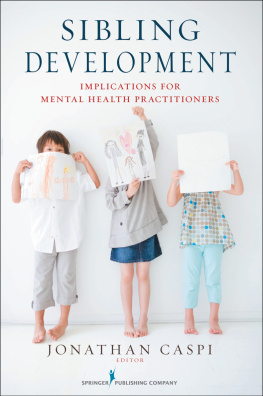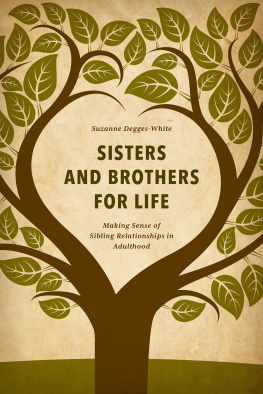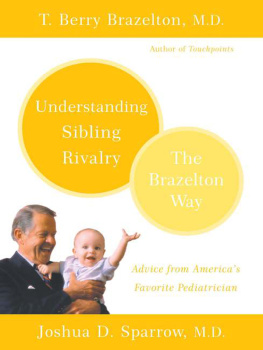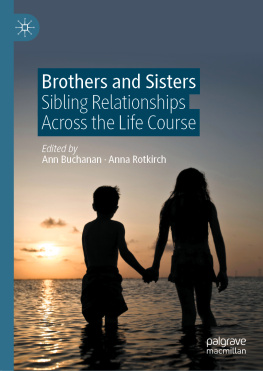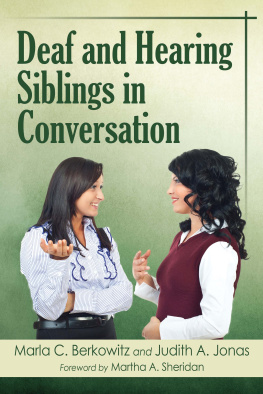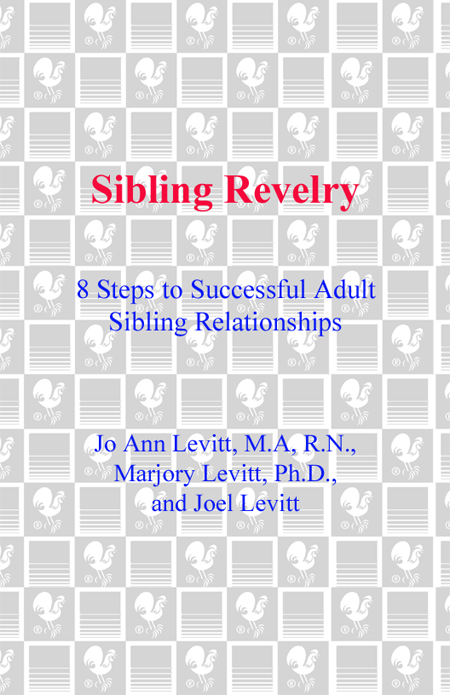Jo Ann Levitt M.A. R.N. - Sibling Revelry: 8 Steps to Successful Adult Sibling Relationships
Here you can read online Jo Ann Levitt M.A. R.N. - Sibling Revelry: 8 Steps to Successful Adult Sibling Relationships full text of the book (entire story) in english for free. Download pdf and epub, get meaning, cover and reviews about this ebook. year: 2009, publisher: Random House Publishing Group, genre: Home and family. Description of the work, (preface) as well as reviews are available. Best literature library LitArk.com created for fans of good reading and offers a wide selection of genres:
Romance novel
Science fiction
Adventure
Detective
Science
History
Home and family
Prose
Art
Politics
Computer
Non-fiction
Religion
Business
Children
Humor
Choose a favorite category and find really read worthwhile books. Enjoy immersion in the world of imagination, feel the emotions of the characters or learn something new for yourself, make an fascinating discovery.

- Book:Sibling Revelry: 8 Steps to Successful Adult Sibling Relationships
- Author:
- Publisher:Random House Publishing Group
- Genre:
- Year:2009
- Rating:4 / 5
- Favourites:Add to favourites
- Your mark:
Sibling Revelry: 8 Steps to Successful Adult Sibling Relationships: summary, description and annotation
We offer to read an annotation, description, summary or preface (depends on what the author of the book "Sibling Revelry: 8 Steps to Successful Adult Sibling Relationships" wrote himself). If you haven't found the necessary information about the book — write in the comments, we will try to find it.
Much has been written about the relationships of parents and children. But the unsung chord in all of our adult relationships, professional and personal, is rooted in the sibling connection. In this extraordinary book based on their Sibling Revelry workshops, authors and siblings Jo Ann, Marjory, and Joel Levitt re-create the seminars that have helped many strengthen the bonds of their adult sibling relationships.
In eight clearly focused steps, with added material for home study, the authors show how to transform sibling rivalry into extraordinary, nurturing adult bonds that will enhance all other relationships in your life. Now you can regain the closeness you and your siblings once shared, heal old wounds, and pave the way to a happier, healthier future. Learn how to:
*Define your relationship Unload the myths of your shared past...and discover who you are to each other now
*Witness the effect of old rivalries And use them as a springboard to great adult relationships
*Envision a new future Break the habits that hold your relationship firmly in place...and create a powerful new vision for yourself and your family
*Explore new modes of contact Examine the role you play in your family and free yourself from damaging old patterns
*Heal wounds and misunderstandings Resolve old conflicts as you sort through old issues of fear, anger, guilt, and hurt
*Invent new family legends Uncover the myths and legends that have shaped your relationship...then create new ones
*Make room for differences Clear out sibling clutter and accept your siblings exactly as they are
*Honor your strengths Celebrate the positive qualities each sibling brings to the relationship...and set the stage for a lifelong connection
Jo Ann Levitt M.A. R.N.: author's other books
Who wrote Sibling Revelry: 8 Steps to Successful Adult Sibling Relationships? Find out the surname, the name of the author of the book and a list of all author's works by series.


